Popular Stories
YOU MIGHT BE INTERESTED IN
Top 5 Real Car Races That Will Leave You Terrified (Part 2)
by IndianAuto Team |
02/07/2019
In the early days of car racing, participants could invent their own vehicles, and still call them “automobiles” to take part in a car race, competing against professional racers. The result - well, check the article to find out.

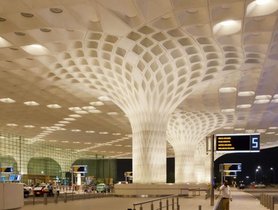









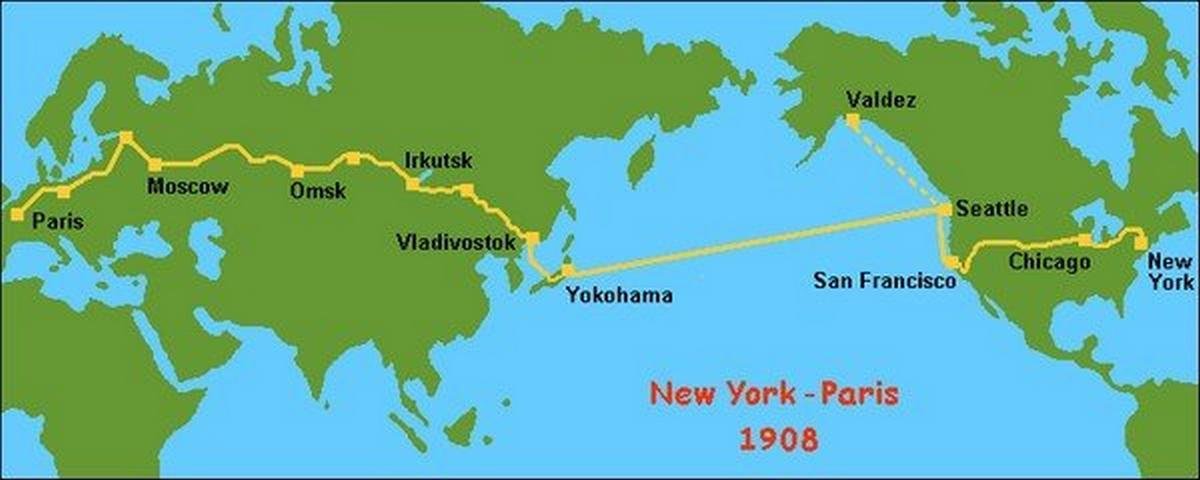

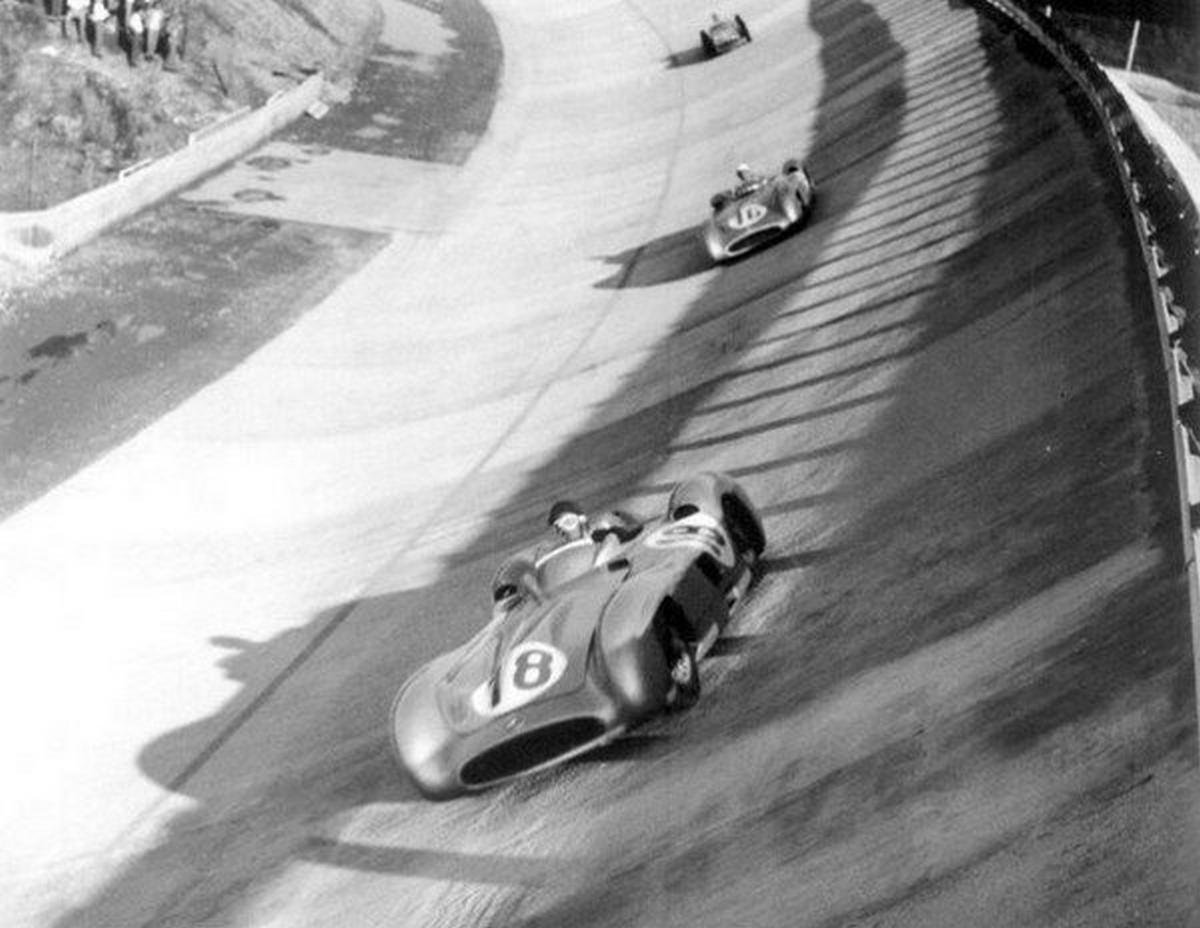

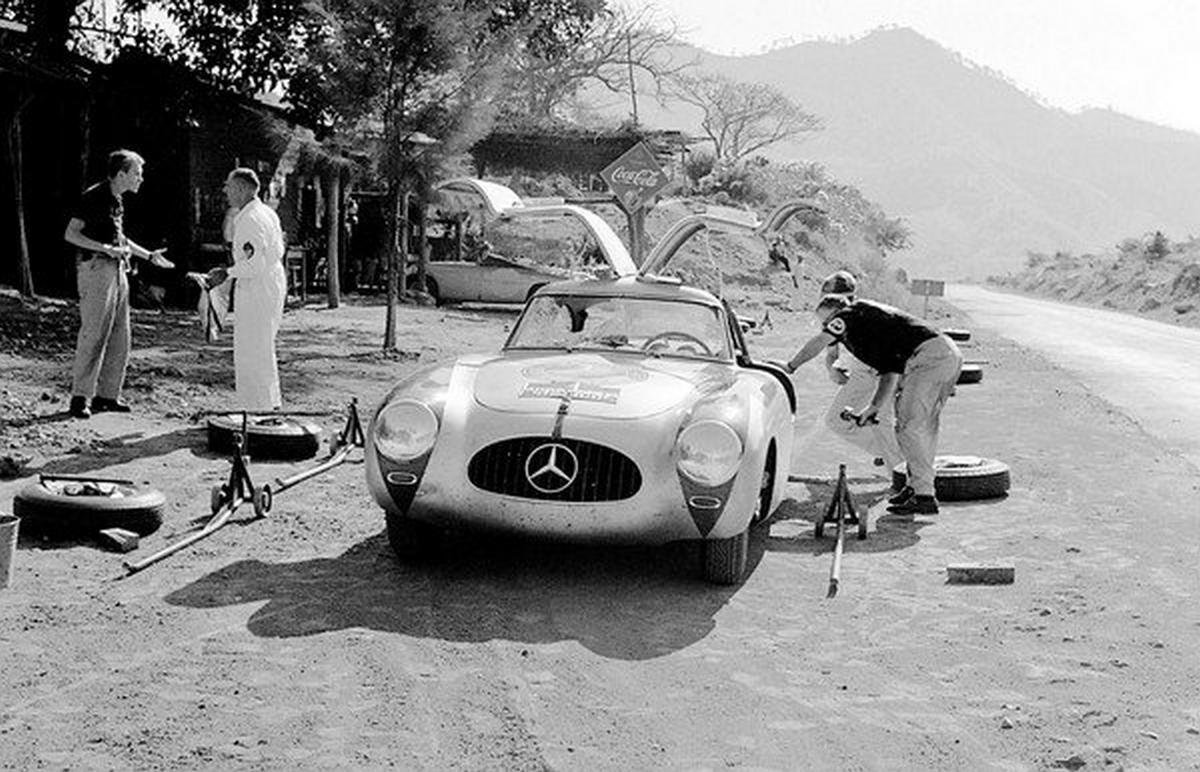
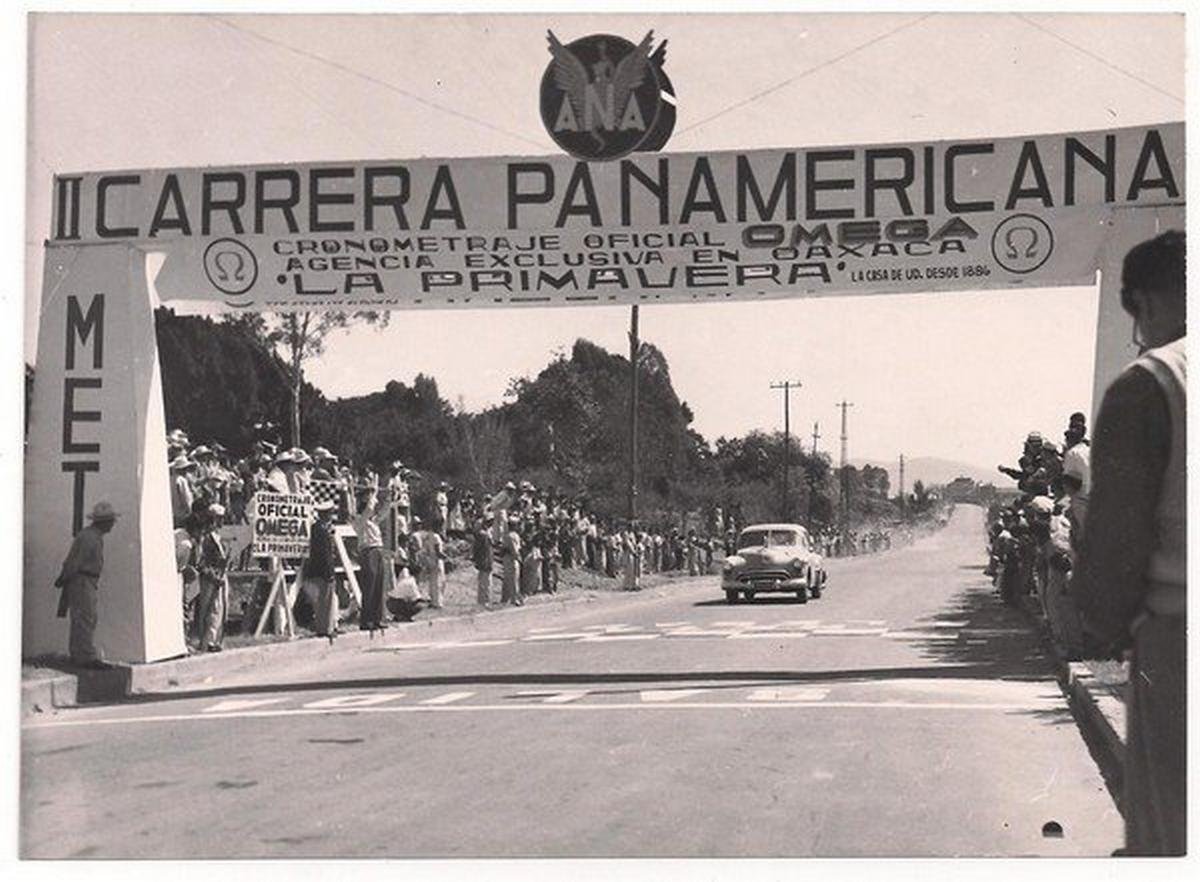
 Follow us on google news
Follow us on google news
